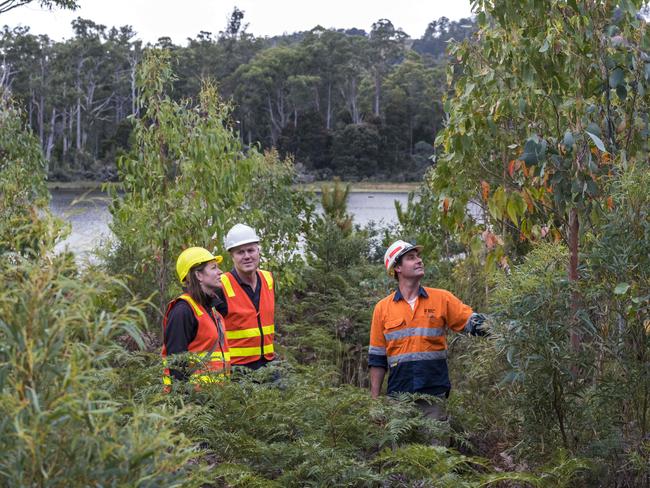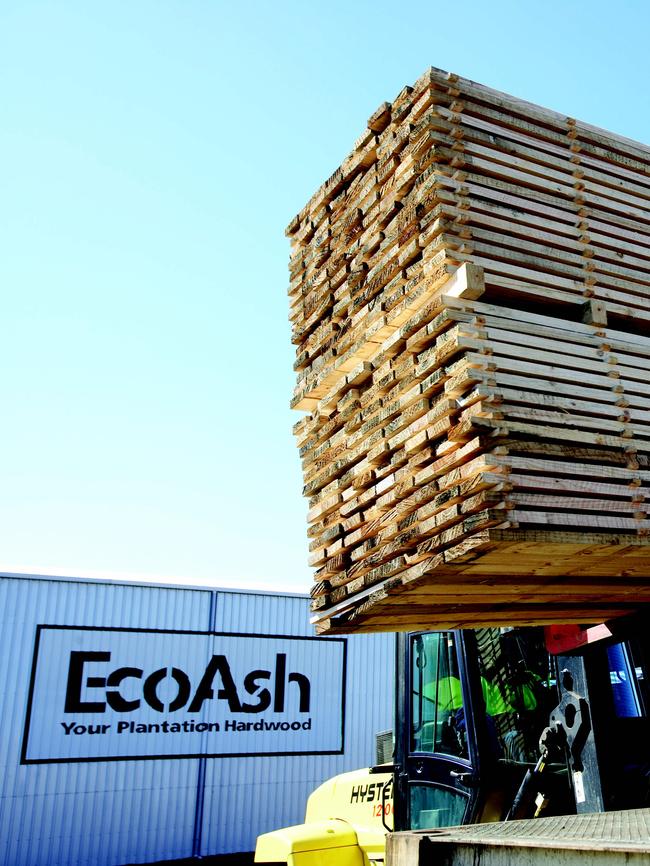Skyrocketing demand for our timber
A rising global demand for Australian timber shows promising signs for the future.

Australia is well placed to take advantage of the rising global demand for timber because there is space to expand forest plantings and Australia is seen as a green and sustainable source, says Ross Hampton, chief executive of the Australian Forest Products Association.
Demand for timber products and fibre products is “skyrocketing” for uses ranging from toilet paper and tissues to house frames, to high-value hard timber used in furniture and floors, Hampton says.

“There’s an enormous shift going on globally towards using more timber products as we move away from single-use plastics, for example, and as the embedded carbon in timber products is accepted in more international climate strategies,” he says.
This is to the benefit of regional Australia, which is perceived to produce sustainable harvested timber and benefits from the legal requirement on the industry to replant and regenerate when it removes trees from native forests.
Forestry is now a hi-tech business in many parts of regional Australia.
“I don’t think you’ll find a chainsaw on any of our sites anymore except for a couple of the workers maybe getting some offcuts to take to their slow-combustion fires at home,” Hampton says.
The harvesting operators, for instance, have digital connections to their markets and downstream buyers so they can get real-time alterations to the lengths that they should be cutting and harvesting.
The reliance on technology and automation has also changed the profile of the timber worker.
The 160 permanent staff at Australian Sustainable Hardwoods are paid close to $200 a week above the award wage because they are so highly trained.
“We want to retain good people because we are so unique, that once we train a person up, we can’t go and buy one from down the road,” managing director Vince Hurley says. It means the company pumps $14m in wages into Heyfield, 200km east of Melbourne.
When Hurley joined three decades ago, the company used to “cut it, cook it and sell it”, but it is now a manufacturer of huge columns and beams used in mass timber construction.
It scans timber and runs it through an ultrasound to find internal defects and determine the best place to make a cut. Next the slabs are joined, laminated and pressed, and passed on to a machine with five separate robotic drillers and shapers to make the final product.
Hyne Timber is similarly hi-tech, using scanners, acoustic sounding and algorithms to find the best place to make a cut and get the most value out of each log.
“So we are all about sustainably grown plantation timber and all about working out how we can get the most value out of that tree,” says Rachael Armistead, general manager – supply.
‘It grew for 30 years, so we figure we should treat it right, and get the most value every way we can to our end customers’
The company is currently racing to harvest as many as possible of the trees damaged by the summer bushfires, and process them at its Tumbarumba Mill in southern NSW before they degrade too much.
But once it has worked its way through that, it will have a 40 per cent drop in timber volumes and so is seeking federal freight subsidies to bring logs from western Victoria to keep the mill operating at full capacity and save the jobs of its 181 workers.
